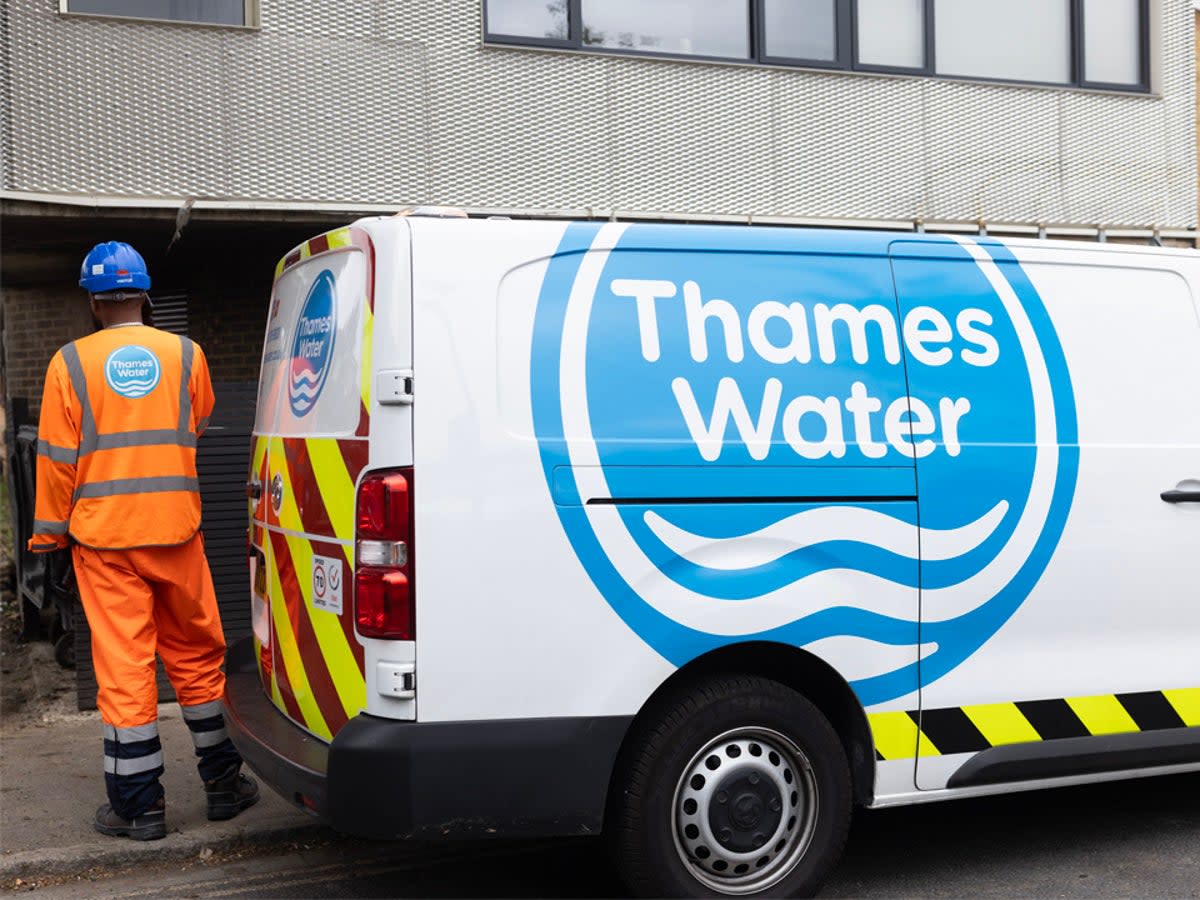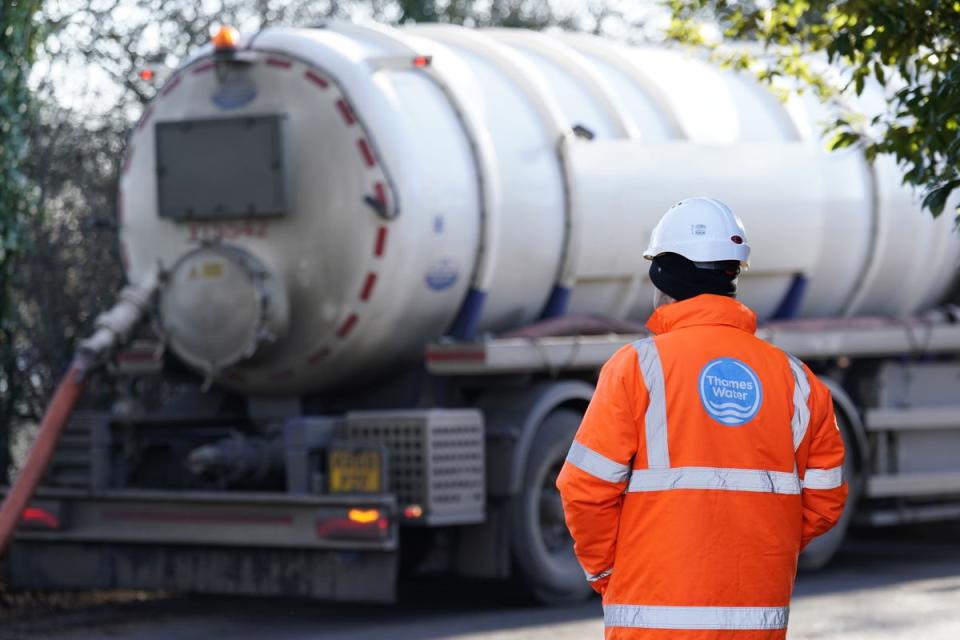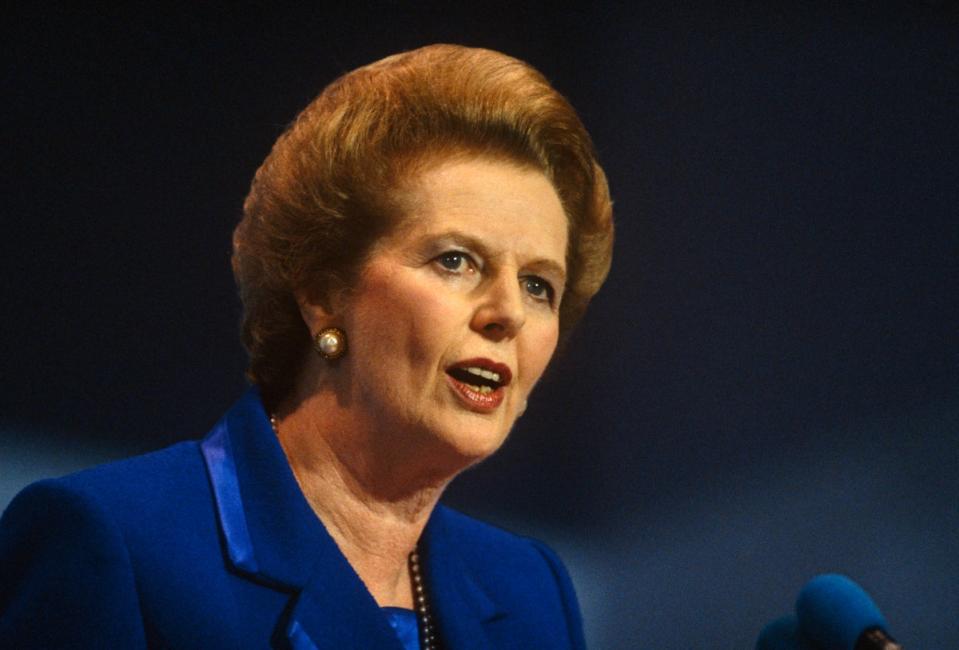Could Thames Water be nationalised – and where did struggling company’s problems start?

Thames Water is facing a fresh crisis as investors have backed out of plans to inject £500m emergency funding into the struggling company.
The announcement from the utility firm on 28 March has raised concerns that it may not be able to secure short-term funding. Shareholders withheld the money after the company was unable to meet certain conditions.
If Thames Water’s financial issues cause it to become unable to deliver its services effectively, it would fall to the government to place the company into special administration. This would mean temporary nationalisation.
But Chris Weston, chief executive of Thames Water, told BBC Radio 4’s Today programme that scenario is a “long way off”.
“There is a possibility but the key message today is one of reassurance,” he said.

The funding withdrawal is the latest in a series of problems for Thames Water. It comes shortly after figures from the Environment Agency showed a 105 per cent rise in raw sewage discharges in the year to March.
Thames Water oversaw an above average 163 per cent increase in the duration of sewage dumping due to the company’s infrastructure being inadequately able to manage rainfall levels.
In early 2024, the company was ordered by water regulator Ofwat to enact plans to resolve its “completely unacceptable” record on sewage dumping.
A record fine of £20.3m was imposed on the company by the Environment Agency in 2017 after 1.4bn litres of untreated sewage were leaked over several years.
When did the problems with Thames Water start?
Some would argue Thames Water’s problems go back to the 1980s, when it was privatised alongside all the other water companies.
In 1989, Margaret Thatcher’s Conservative government sold off England and Wales’ ten regional water companies to the newly created Water and Sewerage Companies (WSCs) for £7.6bn.
The move was unprecedented, and was the second attempt after an unsuccessful first run in 1984, when there was massive outcry against Ms Thatcher’s plans. However, bolstered by her 1987 general election win, the plans were pushed through.
The move came after Ms Thatcher imposed tight restrictions on the water companies which prevented them from being allowed to borrow for capital projects. This then became part of her government’s justification for selling them to private owners.

Ms Thatcher once said the Conservatives were against nationalisation because “we believe that economic progress comes from the inventiveness, ability, determination and the pioneering spirit of extraordinary men and women.”
“If they cannot exercise that spirit here, they will go away to another free enterprise country which will then make more economic progress than we do.”
In 2024, England and Wales remain two of the few countries in the world to have fully privatised water services.
According to pro-nationalisation campaign group We Own It, water bills in England and Wales have gone up by 40 per cent in real terms since nationalisation, while the average salary of a water service CEO is £1.7m a year.
Thames Water in the 21st century
Since 2001, Thames Water has had three owners. It was acquired by German utility company RWE in 2001 and sold to Macquarie in 2006 following criticism over leakage targets.
Macquarie’s ownership lasted for 11 years, until 2017. During these years, Thames Water acquired the highest debt in the sector, as owners pursued severe underfunding and cost-cutting measures alongside massive shareholder dividend payouts.
Under Macquarie, debts almost tripled from £3.2bn to £10.5bn, as shareholders were paid £2.8bn.
The company is now owned by several major shareholders, including several pension funds. The largest ownership shares are OMERS (32 per cent), a Canadian public pension fund, and the UK’s Universities Superannuation Scheme (20 per cent).

The path to financial recovery for Thames Water has been difficult, with former CEO Sarah Bentley stepping down suddenly in June 2023 after three years in the role.
Ms Bentley was replaced by former British Gas executive Chris Weston the following December, who will receive a pay package of up to £2.3m.
Now that the £500m emergency payment has been pulled by shareholders – the first in a scheme meant to provide £750m overall – the future of the company looks even less certain.

